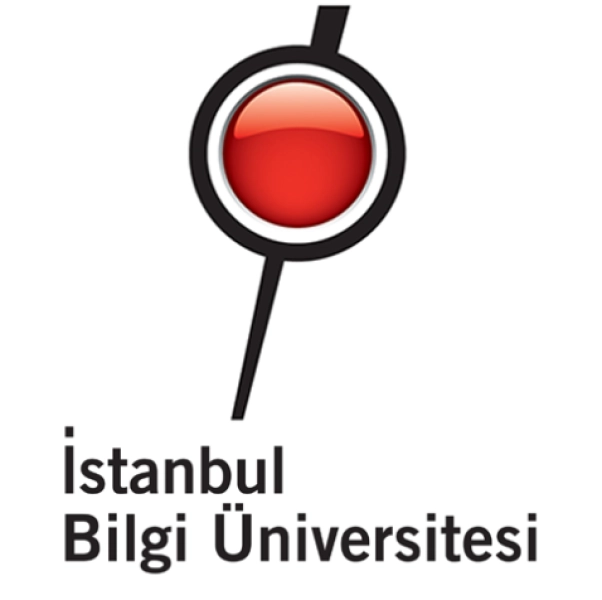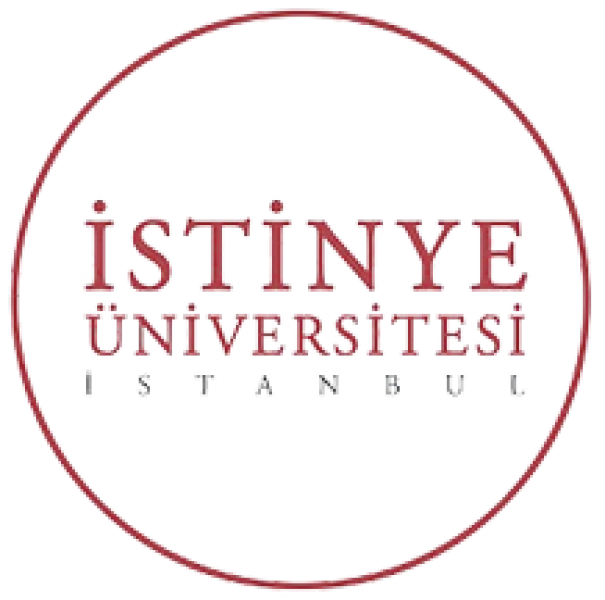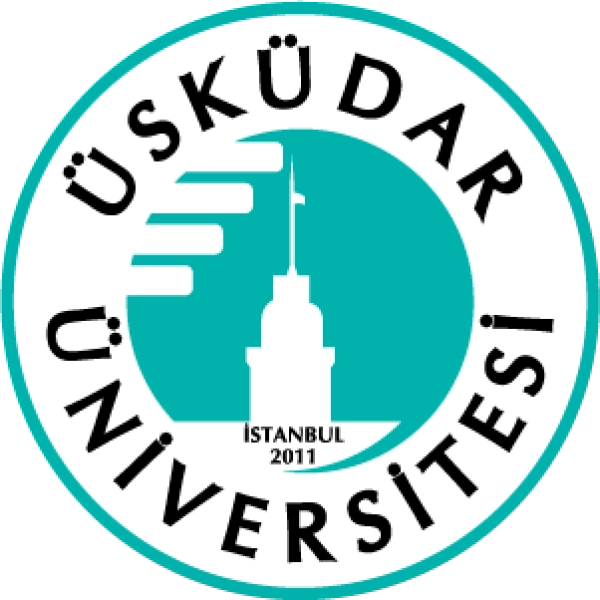College: Institute of Graduate Programs
The Occupational Health and Safety specialization focuses on promoting and maintaining safe and healthy work environments. Students develop skills in identifying, assessing, and controlling workplace hazards, as well as implementing health and safety programs. Graduates are prepared to work as safety professionals, health and safety managers, and consultants across various industries.
Learning Objectives:
- Understand the fundamentals of occupational health and safety.
- Develop skills in hazard identification, risk assessment, and control measures.
- Learn techniques to implement and manage health and safety programs.
- Explore principles of industrial hygiene, ergonomics, and emergency management.
- Analyze and interpret health and safety data and systems.
- Develop critical thinking, problem-solving, and management skills for effective health and safety practice.
Main Curriculum:
- Introduction to Occupational Health and Safety
- Overview of the key concepts, principles, and practices in occupational health and safety.
- Workplace safety fundamentals, health hazards, and regulatory frameworks.
- Hazard Identification and Assessment
- Principles of hazard identification and assessment, including workplace inspections, job hazard analysis, and risk management.
- Techniques for identifying and assessing workplace hazards.
- Industrial Hygiene
- Principles of industrial hygiene, including chemical, physical, and biological hazards, and exposure control.
- Techniques for monitoring and controlling workplace exposure to hazardous agents.
- Ergonomics
- Principles of ergonomics, including workstation design, musculoskeletal disorders, and human factors engineering.
- Techniques for designing and implementing ergonomic solutions to prevent work-related injuries.
- Emergency Management
- Principles of emergency management, including emergency planning, response, and recovery.
- Techniques for developing and implementing emergency management plans.
- Safety Management Systems
- Principles of safety management systems, including policy development, training, and auditing.
- Techniques for implementing and managing comprehensive safety management systems.
- Occupational Health and Safety Regulations
- Principles of occupational health and safety regulations, including compliance, implementation, and legal responsibilities.
- Techniques for understanding and applying occupational health and safety regulations in the workplace.
- Practical/Applied Training
- Hands-on experiences in occupational health and safety environments, including internships in manufacturing, construction, healthcare, or government agencies.
- Application of acquired skills in practical occupational health and safety scenarios.
- Graduation Project in Occupational Health and Safety
- A comprehensive project applying skills in hazard identification, risk assessment, or safety management.
- Presentation of a refined safety project or research presentation in the field of occupational health and safety.
Assessment Methods:
- Hazard identification and assessment reports, industrial hygiene projects, ergonomic studies, emergency management plans, safety management system plans, regulatory compliance analyses, internship reports, graduation projects, group projects, and presentations.
Recommended Textbooks:
- "Occupational Health and Safety" by various authors.
- "Hazard Identification and Risk Assessment" by various authors.
- "Industrial Hygiene" by various authors.
- "Ergonomics" by various authors.
- "Emergency Management" by various authors.
- "Safety Management Systems" by various authors.
- "Occupational Health and Safety Regulations" by various authors.
Prerequisites:
Basic knowledge of workplace safety, health sciences, and an interest in health and safety management.
Duration of Specialization:
The bachelor's degree typically takes 4 years to complete, including coursework, internships, and graduation projects. For advanced practice, a master's degree in occupational health and safety can be pursued, usually requiring an additional 1-2 years.
Certification:
Graduates can earn a degree in occupational health and safety and pursue higher education or professional certifications, such as those offered by the Board of Certified Safety Professionals (BCSP) or the National Association of Safety Professionals (NASP).
Target Audience:
Aspiring safety professionals, health and safety managers, consultants, and individuals seeking careers in manufacturing, construction, healthcare, government agencies, and various industries requiring expertise in occupational health and safety. This specialization equips students with the technical, analytical, and managerial skills necessary to excel in occupational health and safety, supporting careers in diverse roles that focus on promoting and maintaining safe and healthy work environments.



















